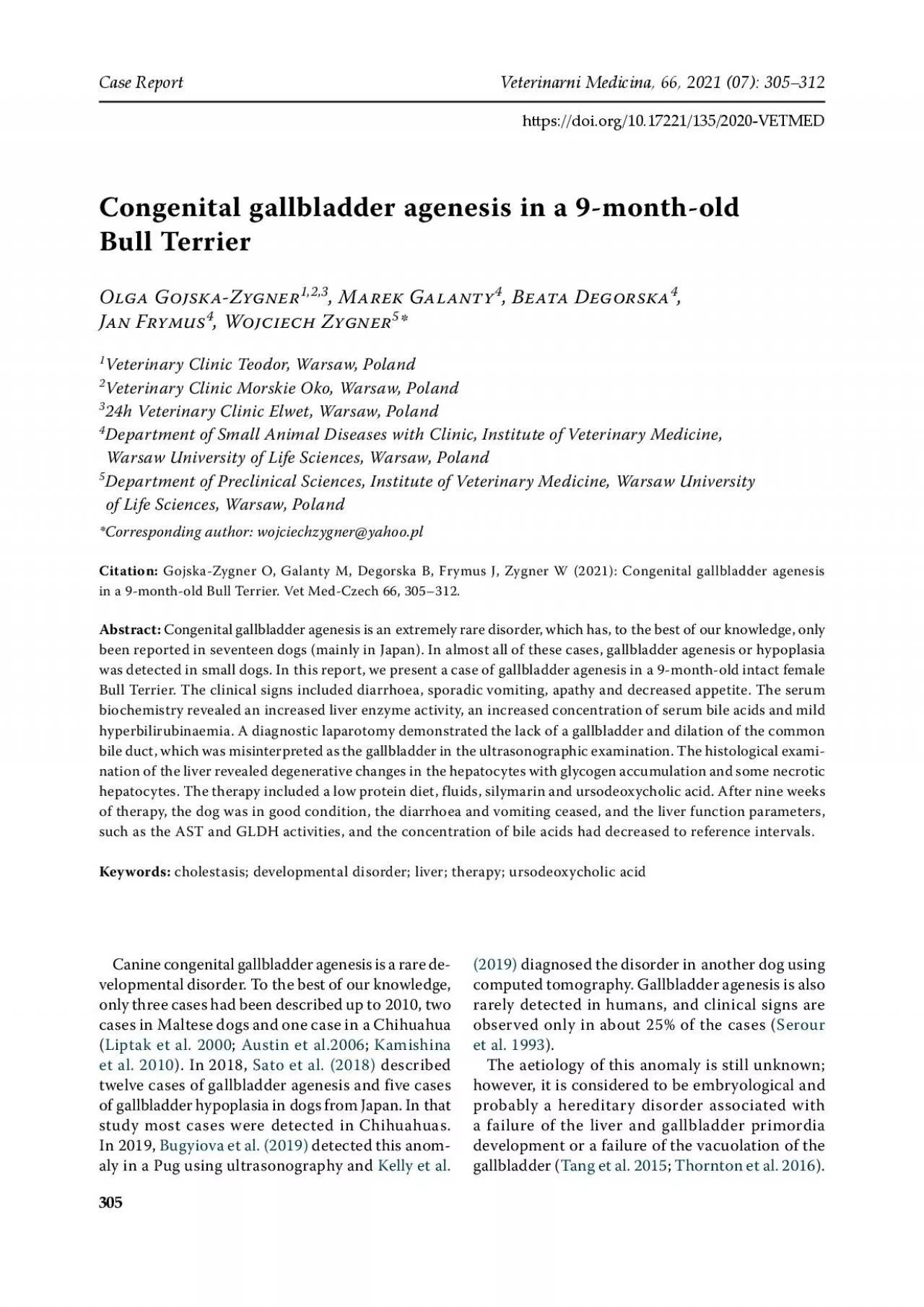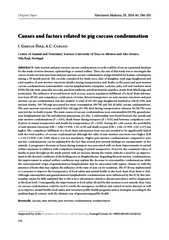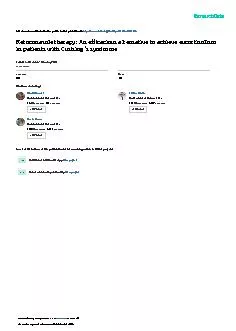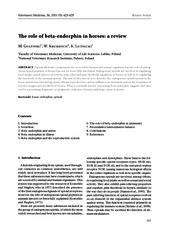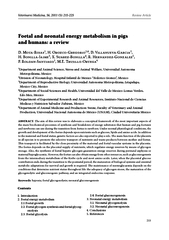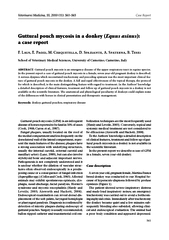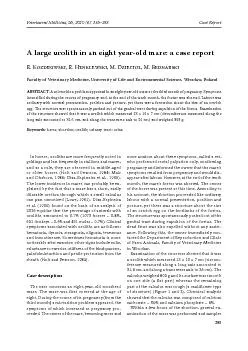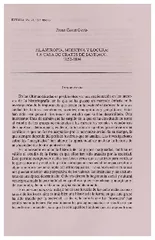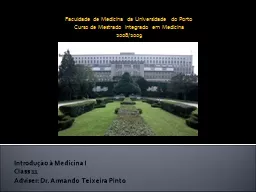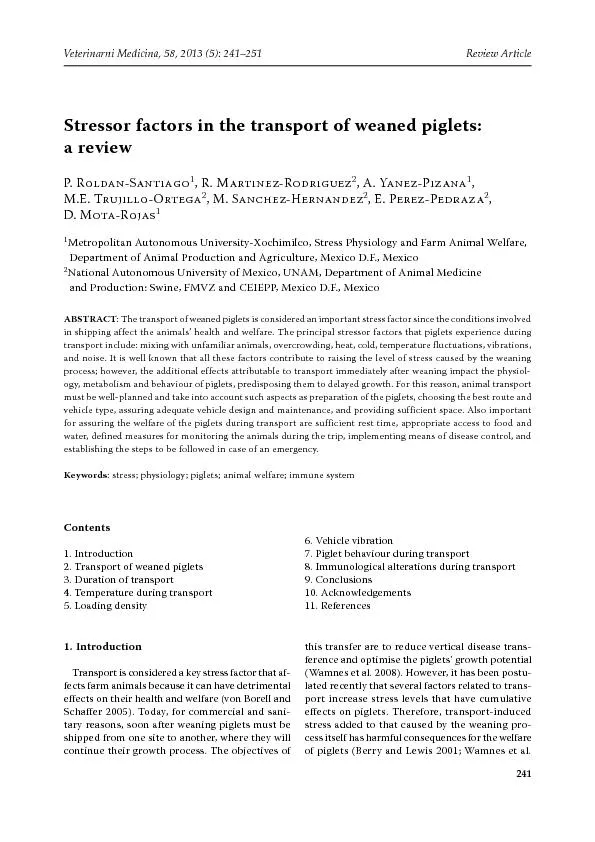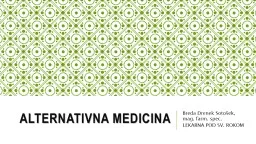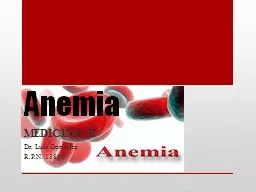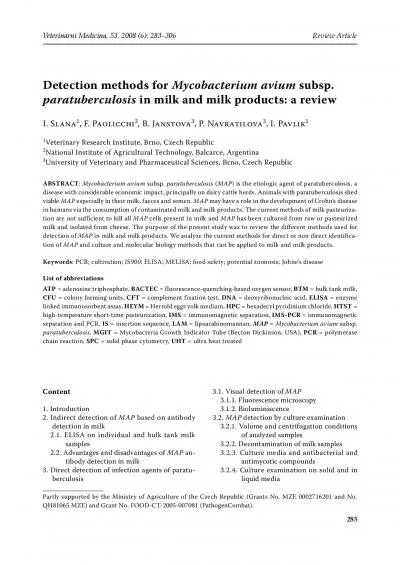PDF-Veterinarni Medicina 66
Author : grace3 | Published Date : 2022-09-23
305 Congenital gallbladder agenesis ina319montholdBull TerrierO313029 G2827262529Z2430232221 M29212225 G293129232024 B22
Presentation Embed Code
Download Presentation
Download Presentation The PPT/PDF document "Veterinarni Medicina 66" is the property of its rightful owner. Permission is granted to download and print the materials on this website for personal, non-commercial use only, and to display it on your personal computer provided you do not modify the materials and that you retain all copyright notices contained in the materials. By downloading content from our website, you accept the terms of this agreement.
Veterinarni Medicina 66: Transcript
Download Rules Of Document
"Veterinarni Medicina 66"The content belongs to its owner. You may download and print it for personal use, without modification, and keep all copyright notices. By downloading, you agree to these terms.
Related Documents

